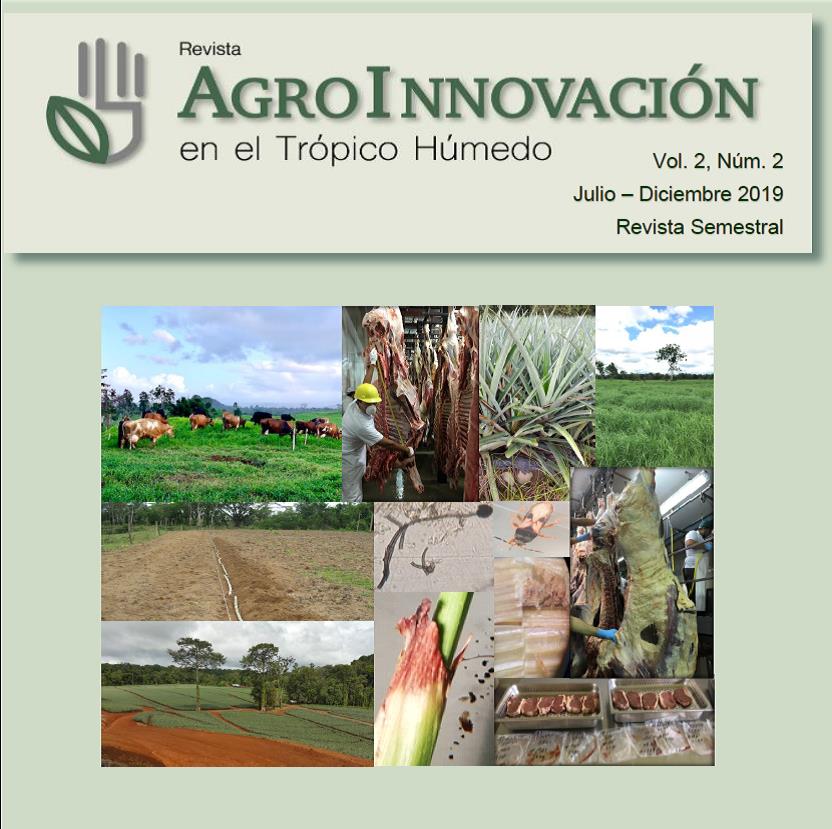Carbon fixation in a silvopastoral system (Erythrina berteroana Urban and Brachiaria brizantha CV Toledo) from a dairy farm in the Northern Huetar Region of Costa Rica
Main Article Content
Abstract
The research was conducted at La Esmeralda farm, owned by the Costa Rica Institute of Technology (TEC), in the district of Florencia, canton of San Carlos, province of Alajuela, Costa Rica. The experiment was conducted in a paddock used for cow grazing in a production stage that initially was covered with gramineous species (Ischaemun indicum and Paspalum fasciculatum) with a high degree of degradation. To establish the first arboreal component (Erythrina berteroana), stakes with a diameter between 8 and 12 cm and 1.5 to 2 m in length were used. An incision (1 cm) was done throughout the plant and planted in furrows 10 centimeters deep and 20 meters apart between the furrows for a total of 320 linear meters ha-1. The B. brizantha seed was distributed broadcast in the experimental area at a rate of 5.5 kg ha-1. After 120 days of establishing the B. brizantha pasture, rotational grazing began with established periods of 30 days of rest. At the end of the experimental period the total biomass (aerial and roots of the arboreal component) was harvested to determine production and carbon content in the tissue. Under the conditions in which the study was conducted, it was possible to find a positive balance of carbon (fixing and emission) in the silvopastoral system (Brachiaria brizantha/Erythrina berteroana) with 3820 kg ha-1 año-1, higher fixations compared to emissions. The biggest contribution to the positive balance for carbon fixation in the system was found in the soil (45720 kg ha-1) followed by the herbaceous component, feces produced by grazing animals and tree component. The greatest contribution to carbon emission in the system corresponded to the herbaceous component represented in this case by the ruminal fermentation of the forage consumed. The biomass of the pasture-tree components and the deposition of feces produced by the grazing animals increased the content of the organic matter of the soil and that favored the positive balance of the system.
Article Details
Una vez que un manuscrito haya sido enviado a la Revista AgroInnovación en el Trópico Húmedo para su publicación, el autor o los autores ceden a la revista los derechos patrimoniales de dicho manuscrito.
El autor o los autores de manuscritos aprobados para su publicación autorizan a la Revista AgroInnovación en el Trópico Húmedo a editarlo, reproducirlo, distribuirlo, y publicarlo en formato físico y/o electrónico, incluido Internet.
La titularidad de los derechos morales sobre los trabajos objeto de esta cesión seguirá perteneciendo a los autores.

